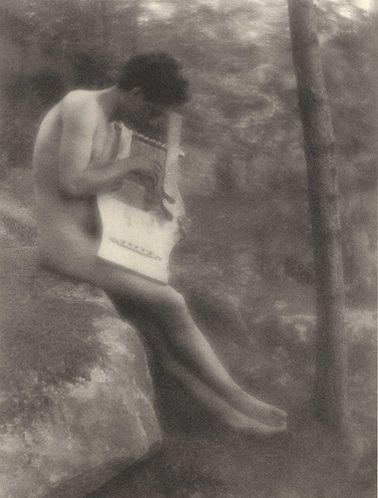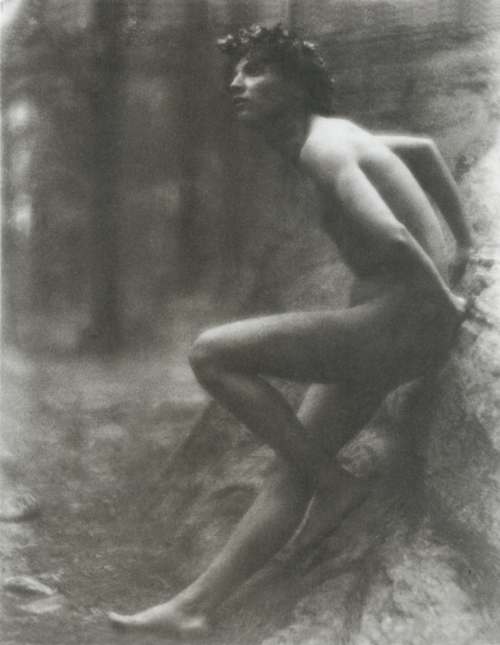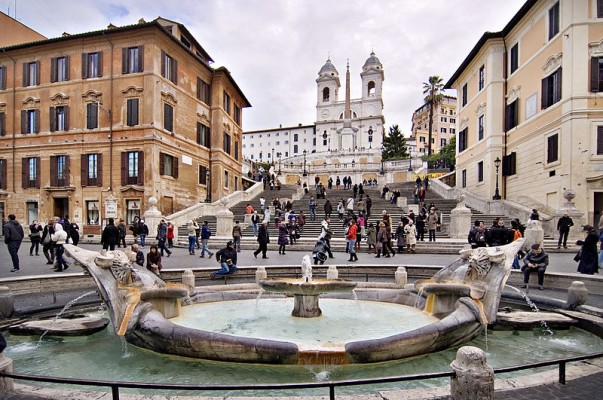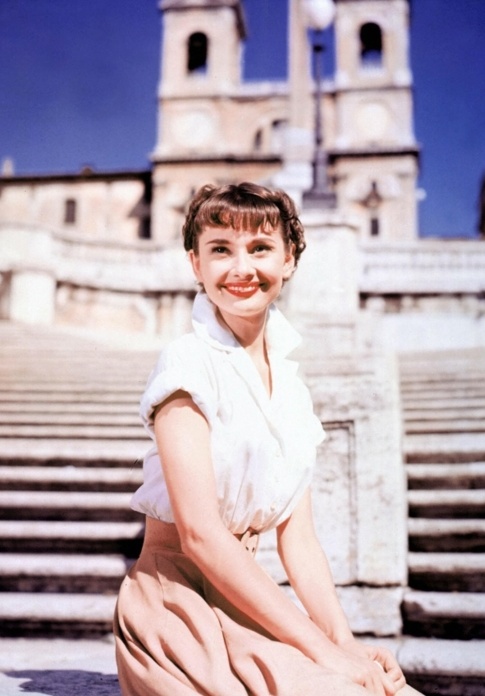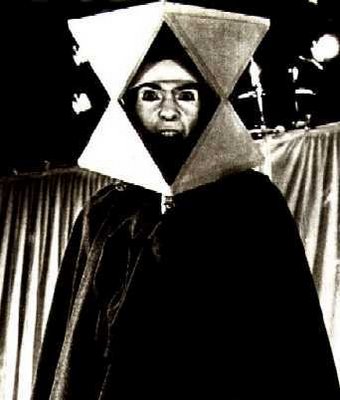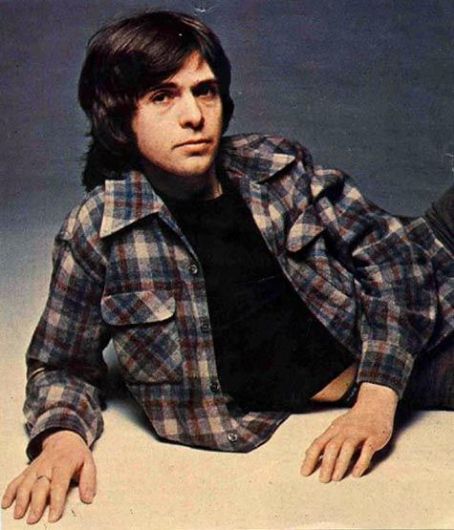 Keats Listening to the Nightingale on Hampstead Heath, Joseph Severn, circa 1845
Keats Listening to the Nightingale on Hampstead Heath, Joseph Severn, circa 1845
When by my solitary hearth I sit,
When no fair dreams before my – mind’s eye – flit,
And the bare heath of life presents no bloom;
Sweet Hope, ethereal balm upon me shed,
And wave thy silver pinions o’er my head.
Whene’er I wander, at the fall of night,
Where woven boughs shut out the moon’s bright ray,
Should sad Despondency my musings fright,
And frown, to drive fair Cheerfulness away,
Peep with the moon-beams through the leafy roof,
And keep that fiend Despondence far aloof.
Should Disappointment, parent of Despair,
Strive for her son to seize my careless heart;
When, like a cloud, he sits upon the air,
Preparing on his spell-bound prey to dart:
Chase him away, sweet Hope, with visage bright,
And fright him as the morning frightens night!
Whene’er the fate of those I hold most dear
Tells to my fearful breast a tale of sorrow,
O bright-eyed Hope, my morbid fancy cheer;
Let me awhile thy sweetest comforts borrow:
Thy heaven-born radiance around me shed,
And wave thy silver pinions o’er my head!
Should e’er unhappy love my bosom pain,
From cruel parents, or relentless fair;
O let me think it is not quite in vain
To sigh out sonnets to the midnight air!
Sweet Hope, ethereal balm upon me shed,
And wave thy silver pinions o’er my head!
In the long vista of the years to roll,
Let me not see our country’s honour fade:
O let me see our land retain her soul,
Her pride, her freedom; and not freedom’s shade.
From thy bright eyes unusual brightness shed –
Beneath thy pinions canopy my head!
Let me not see the patriot’s high bequest,
Great Liberty! how great in plain attire!
With the base purple of a court oppress’d,
Bowing her head, and ready to expire:
But let me see thee stoop from heaven on wings
That fill the skies with silver glitterings!
And as, in sparkling majesty, a star
Gilds the bright summit of some gloomy cloud;
Brightening the half veil’d face of heaven afar:
So, when dark thoughts my boding spirit shroud,
Sweet Hope, celestial influence round me shed,
Waving thy silver pinions o’er my head.
John Keats
February, 1815.








